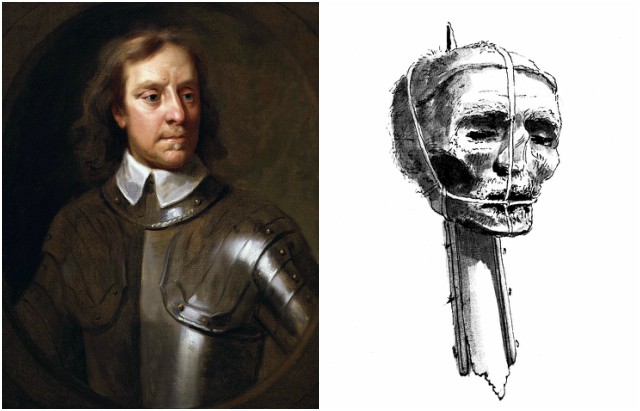Oliver Cromwell was born in Huntington, a small town near Cambridge, on 25th April, 1599. He was the second son of the ten children of Robert Cromwell and Elizabeth Steward.
Cromwell attended Huntingdon Grammar School, where he was taught by Dr. Thomas Beard, before being educated at Sidney College, Cambridge.
His university career was cut short because his father died in 1617 and Cromwell had to return home in order to manage his family estate and support his widowed mother and the seven unmarried sisters.
He married Elizabeth Bourchier on 22nd August, 1620 and they had 9 children. In 1628, he started his political career as a parliament member of Huntingdon where he became associated with the opposition to King Charles.
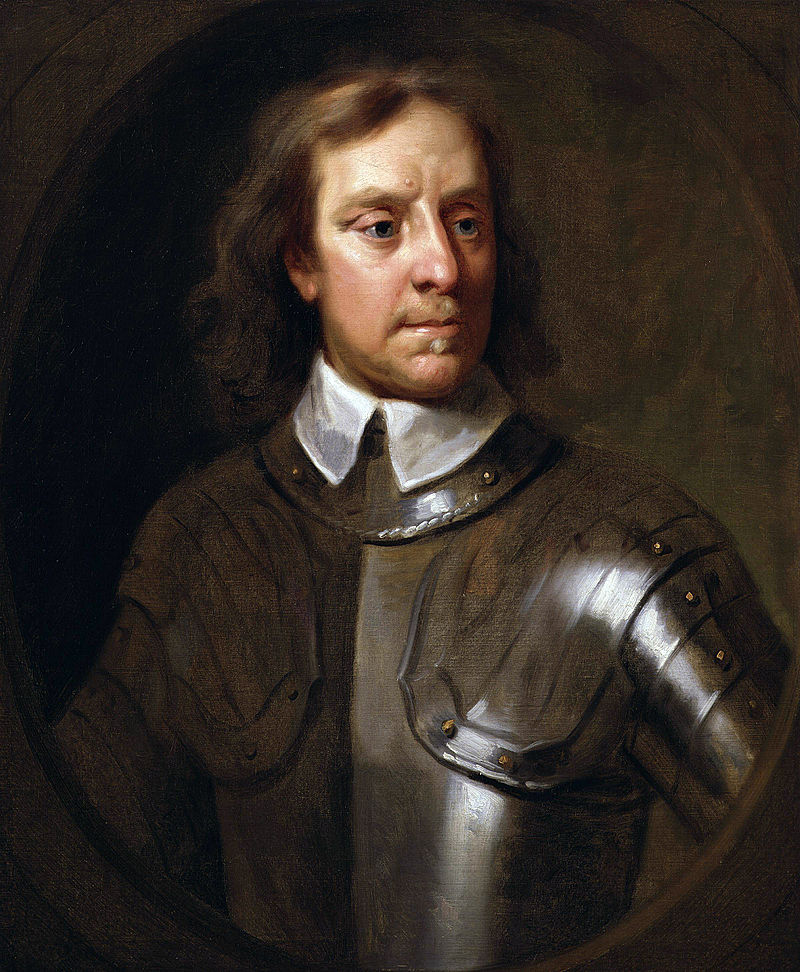
In 1640, Cromwell was nominated as a freeman of the borough of Cambridge and elected as MP for Cambridge in the two Parliaments. There, he gained a reputation as a solid supporter of the opposition leaders such as John Pym and John Hampden.
At the outbreak of the English Civil War in 1642, Cromwell became an officer in the Parliamentary army and helped to secure most of East Anglia. Later, he was swiftly promoted to second in command as lieutenant-general of the Eastern Association army.
He played a decisive role in the winter of 1648-1649, witnessing the trial and execution of the King and the abolition of the monarchy and the House of Lords. Cromwell was the third of 59 MPs to sign Charles’ death warrant.
On 30th January 1649 Charles I was executed and the republic known as the Commonwealth of England lead by a Council of State, was declared, replacing the monarchy.
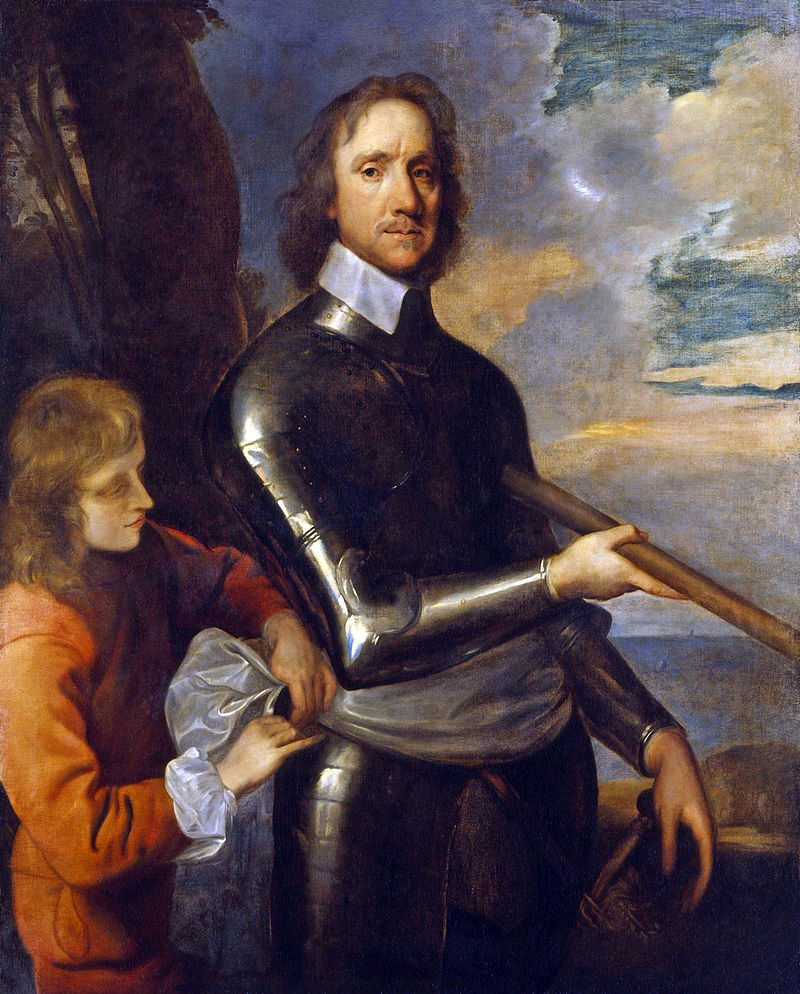
In December 1653, Cromwell became Lord Protector and in April, 1654, Cromwell moved into Whitehall Palace, the former residence of King Charles.
Under Cromwell, England became a Puritan country as he replaced the monarchical regime with a puritanical republic.
He banned drinking in public, visiting the theater or playing football, so Oliver Cromwell increasingly took on more of the trappings of monarchy. Lacking only a crown, Cromwell was “King in all but name.”
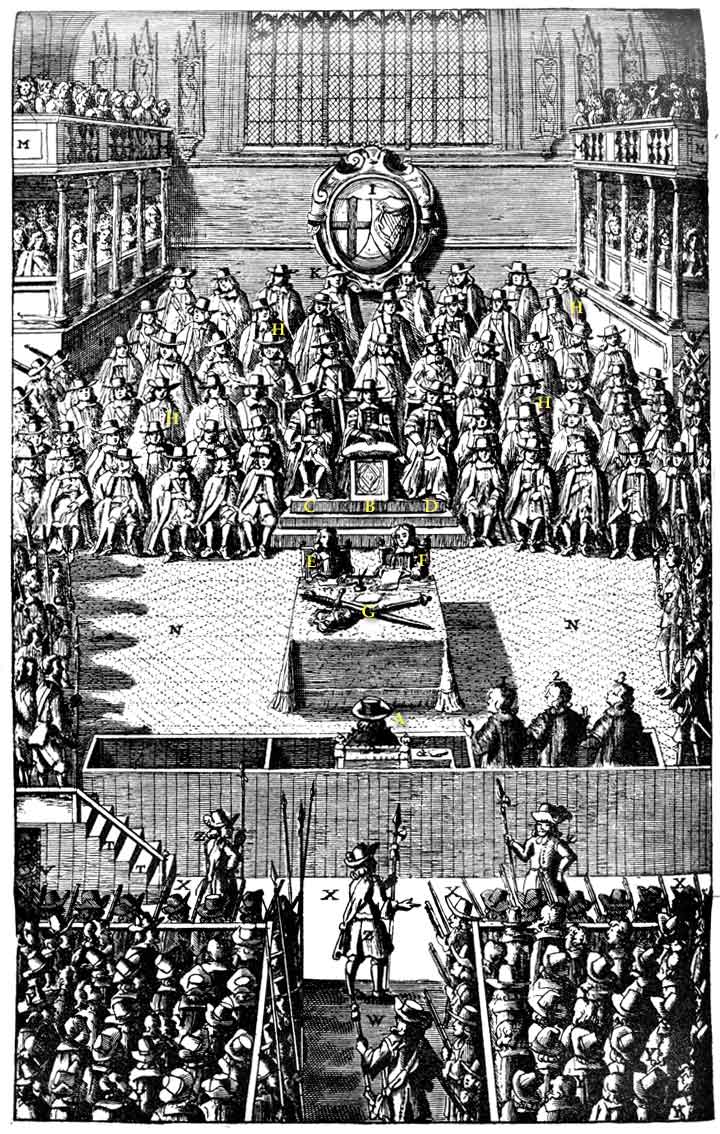
Cromwell suffered from malaria and urinal infection and died at Whitehall on 3rd September, 1658. He was buried in a newly-created vault in Henry VII’s chapel at Westminster Abbey.
His son, Richard, succeeded him becoming “Lord Protector” but didn’t last long and resigned in 1659.
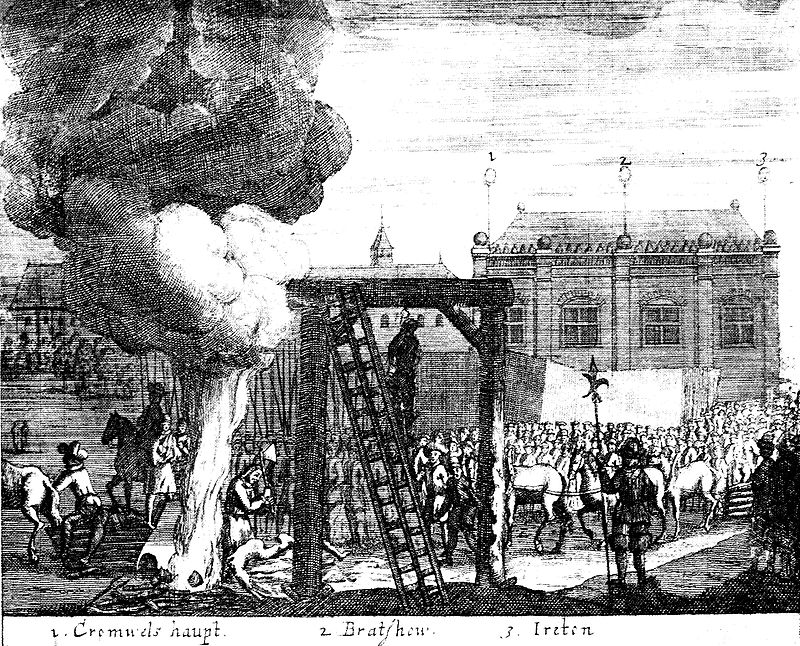
King Charles II, who had spent the majority of his life in exile, returned to the throne and restored the monarchy. Charles II demanded punishment of Cromwell for his crimes of high treason and regicide.
On 30th January, 1661, the bodies of Oliver Cromwell, John Bradshaw, President of the High Court of Justice for the trial of King Charles I and Henry Ireton, Cromwell’s son-in-law and general in the Parliamentary army during the English Civil War, were removed from Westminster Abbey to be posthumously tried for high treason and executed.
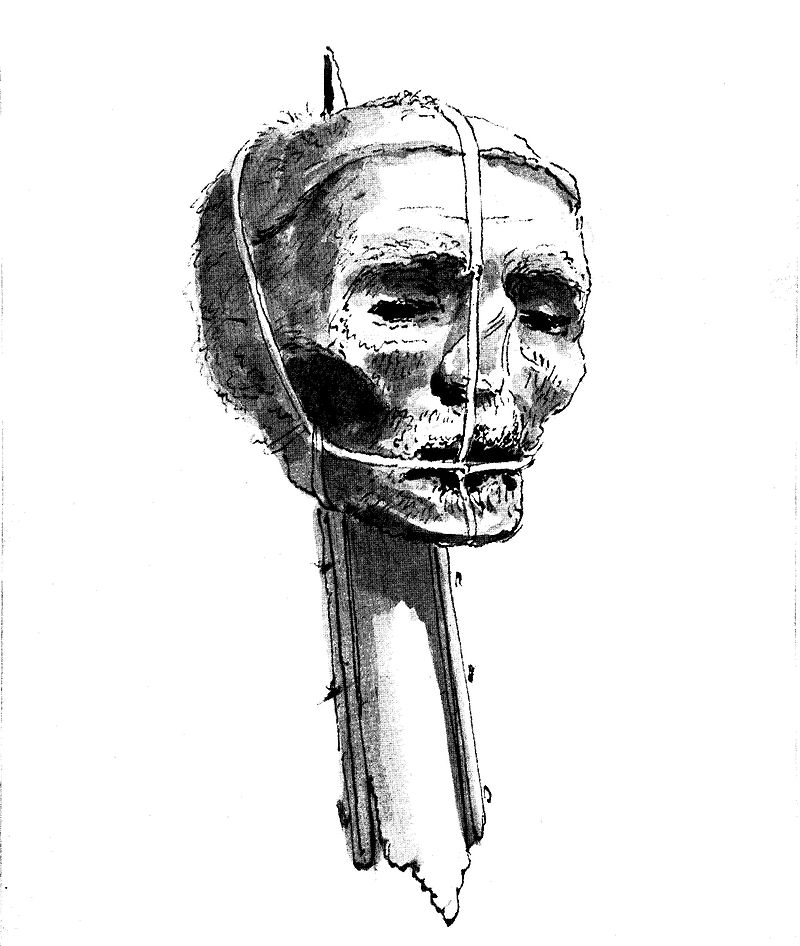
The bodies were hung, then beheaded at sunset and thrown into an unmarked pit, while the heads were pinned on spikes at Westminster Hall to serve as a grisly warning to others.
